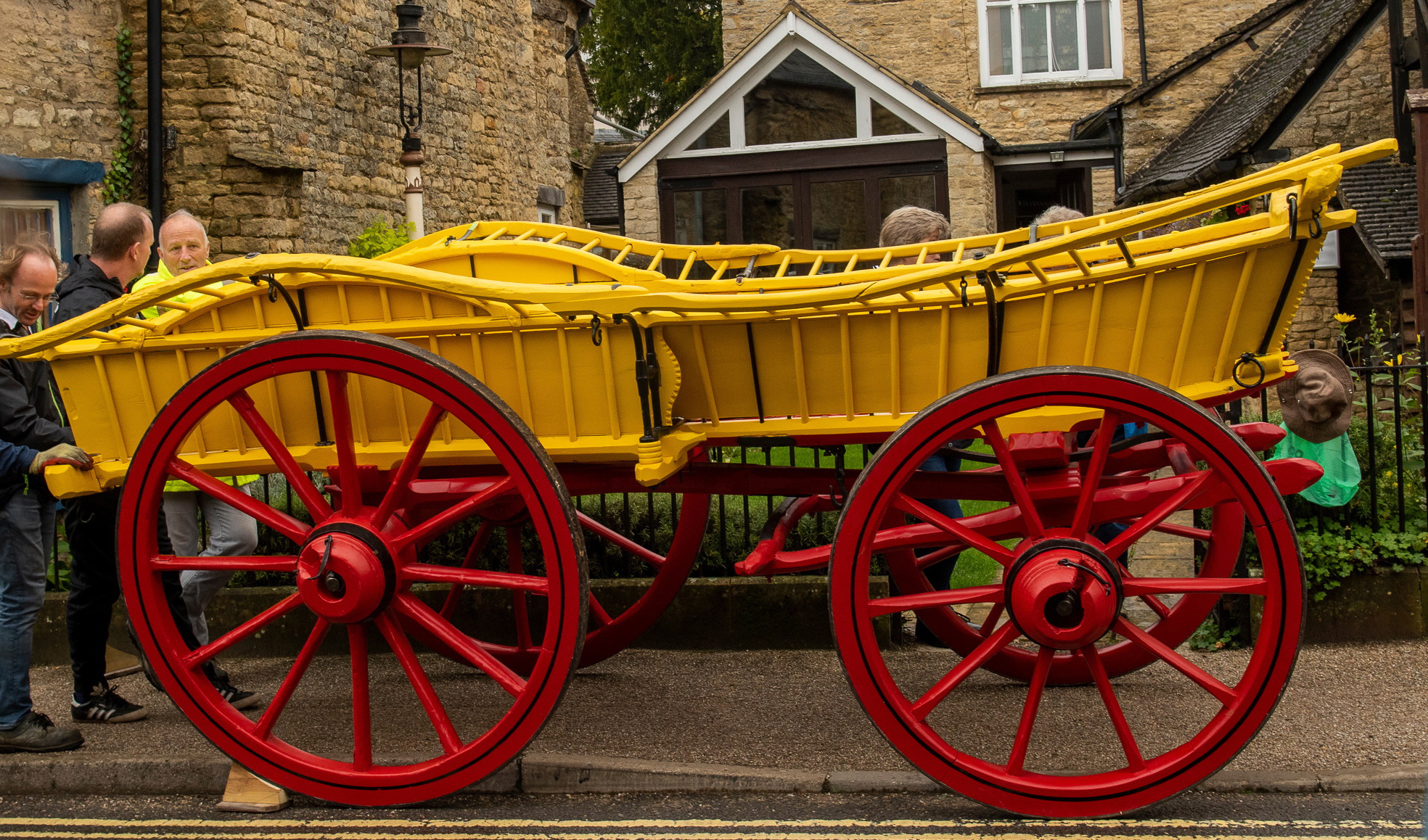Charlbury is situated in the Evenlode valley, on the edge of the Cotswolds and the Wychwood forest. The siting of the church and the street pattern point to the town having Saxon origins with the church of St Mary the Virgin being a minster church. At the end of the 11th century, the manor of Charlbury was passed to Eynsham Abbey. The Abbey were Lords of the Manor for the next 450 years until the Reformation when it was transferred to St John’s College, Oxford.
In 1256 the town was granted a charter to hold a weekly market. The width of Church Street indicates that the market was held here. However, unlike the neighbouring market towns of Witney, Woodstock and Chipping Norton, the town did not flourish and grow. Charlbury remained a small community, largely dependent on farming until the development of the gloving industry in the 19thcentury. This helped to bring growth to the town which grew from a population of 965 in 1801 to 1,526 in 1851.
The town has had a long association with the Religious Society of Friends or Quakers starting soon after the end of the English Civil War. Quakerism was brought to Charlbury by Anne Downer, the daughter of the vicar of Charlbury, who returned to preach in the town soon after her conversion in 1654. This began a strong Quaker presence in the town which lasted many years. In the 18th and 19th centuries the most prominent families in the town (the Albrights, Spendloves and Sessions families) were Quakers and made significant contributions to the welfare of its residents.
The town’s links with the wider area gradually improved with the coming of the toll roads which established better links with other local centres. Then in 1853 the railway came to Charlbury, revolutionising the transport of goods and people. Today the station provides a high-speed link direct to Oxford and London and plays a major part in attracting people to live in the town.
There is much architecture to admire in the town. Well over 100 buildings are listed including the Corner House (now a community building) which houses the museum. The Playing Close provides welcome green space in the centre of the town. It was given to the people of Charlbury in 1592 by Thomas Gifford.
Bringing our wagon back to life
Our wagon is a fine example of a South Midlands Spindle Sided Bow Wagon. It was made by Longs of Aston around 1880 and spent a busy working life in…
Charlbury’s Fire Brigade
Have you ever thought about how fires were tackled before the Fire Service existed? There was a large fire at a farm in Bull Lane in the 1870s. A double…
A short history of glovemaking in Charlbury
By the middle of the 18th century, West Oxfordshire had become one of the three most important centres of glovemaking in England. Long before this, women known as gloveresses had…


